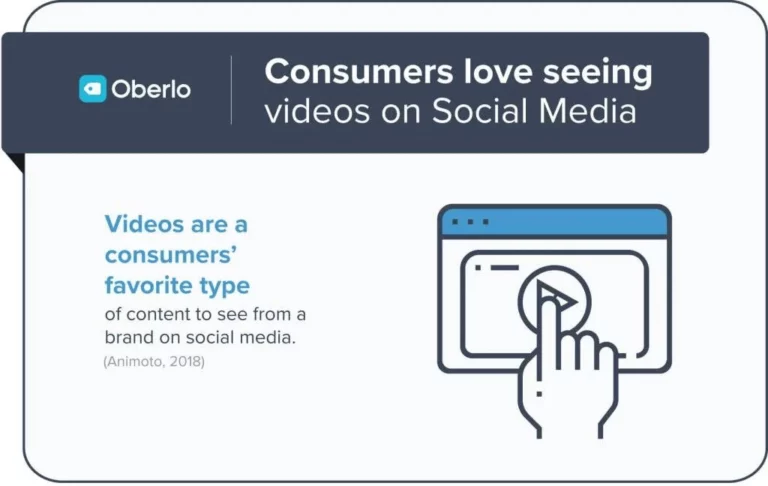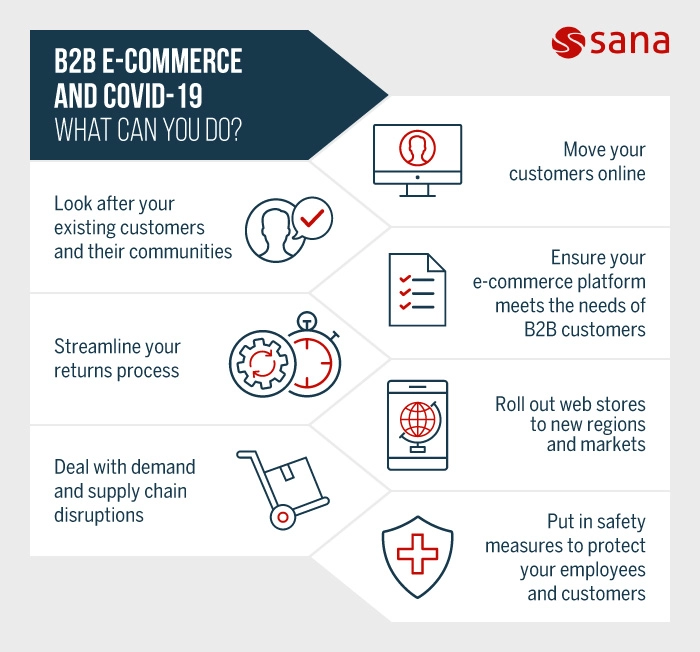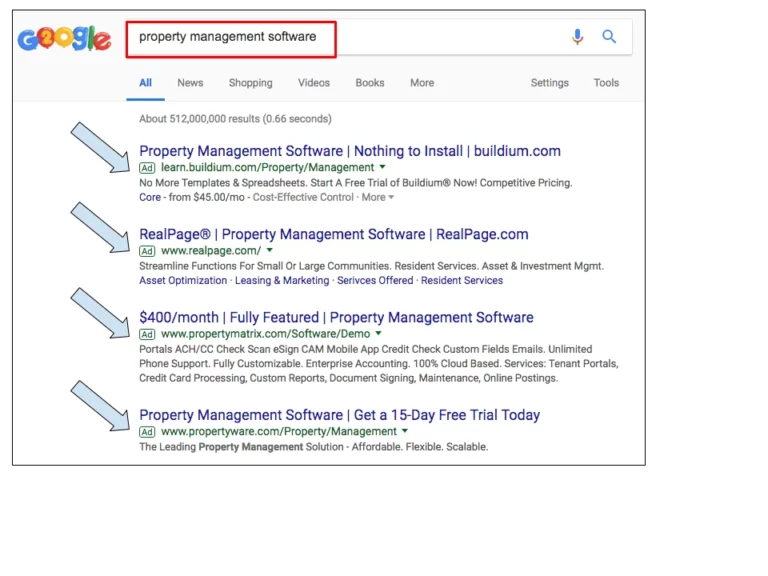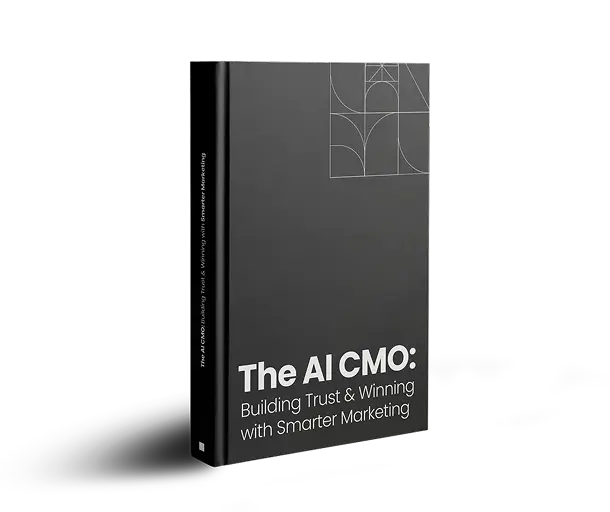
Introduction
As the world navigates the uncertain times brought about by the COVID-19 pandemic, most tech companies have their staff – including sales teams – working from home. For B2B companies that rely on in-person sales, this is a drastic change. Sales teams in such companies have to adapt to generating leads and selling remotely in order to comply with the World Health Organization social distancing guidelines and stay safe.
In the tech industry, selling remotely is not an entirely new thing. However, the shift in customer priorities to adopt to the current situation means that tech companies have to be more innovative in their remote selling efforts. This means they have to tech companies have to:
- Continue generating leads and selling to prospects
- Connecting with customers and offering them support after they buy their products or services
- Continue generating revenue amidst of a pandemic
With customers now turning to online platforms to make their purchases, how can tech companies meet their sales target in the current environment? In this article, we explore 10 tips that will enable B2B companies in the technology space to keep selling in the pandemic age:
#1. Use Online Demos
During the pandemic age, it is difficult to have customers visit your store to feel your tech products. However, you can use online tools to give them a digital experience of your product or service by running an online video.
The intention of such a demo is to help your prospects understand your product or service in terms of how it works and the benefits it gives users. Ideally, your demo should help your audience to see value in your product. Remember 71% of B2B buyers will purchase a product when they see value in it. Here are some tips to help you maximize returns from online:
- Map out the prospects or customers you wish to sell toInvest time in preparing for the demo
- Ensure that you understand your audience and prepare a demo that caters for their needs
- Prepare a meeting agenda and share it out with your target audience in advance
- Start off by allowing participants to ask any pressing questions they might about your product or need
- Present your value proposition – share why your product stands out and share why buyers should buy your product and not others
- Share the steps that will follow after the demos
#2. Use Social Media
Social media is a critical part of your company’s brand and a great place for growing your customer base. B2B buyers conduct research online before they make a purchase. Since social media is one of the places that 55% of them go to get information, B2B businesses should make an effort to connect with them in this space. But you can do more with social media than just connecting with your target audience.
Social media is a great place to initiate contact with prospects – especially decision makers. Statistics show that a large portion – 84% – of VP-level and C-level executives get influenced by social media. This makes it a great place for B2B companies to connect with decision makers and get social proof for their products or services. You can also use social media to give your customers pleasant experiences to build their loyalty.
Here are some tips to help you boost engagement with your target audience on social media:
- Spice your social media posts with video content – users engage more with video than they do with text
- Look out for customer complaints and resolve them promptly
- Get feedback from your audience and implement it
- Build customer trust by giving them a behind-the-scene look of your company
- Invite your audience to share their opinions and preferences about the products or services you offer
- Appreciate your audience – thank them for brand mentions to keep them happy
- Run social media contests with free giveaways and discount offers to attract new customers

#3. Use eCommerce Sites
Though COVID-19 has pushed every company into selling online, B2B selling is not new. Forrester Research predicts astronomical growth in B2B ecommerce with revenue projections of up to $1.8 trillion by 2023. During this pandemic and even after, B2B companies must ensure their customers can find your products online.
Since online stores have a huge number of products listed, you’ll need to find ways to make your product stand out on ecommerce sites. While some B2B companies have their own ecommerce pages, it is important to set up shop on top e-commerce sites that already have high customer traffic like Amazon that has over 150 million mobile customers and Shopify.
Due to the high number of products and sellers on these products, B2B companies should implement strategies that give them an edge over their competitors and rank their products highly on customer searches. Some useful tips to help with this include:
- Ensuring proper branding of products
- Posting high quality images and optimizing them for search engines
- Optimizing product titles and descriptions for search engine by including keywords
- Shortening the purchase process to enable customers complete the process fast
- Addressing customer complaints with speed

#4. Use Email Marketing
B2B selling process is long and requires companies to invest in building relationships with their target audiences. With 86% of B2B professionals preferring to use email for business communication, emails come third when it comes to the information sources that B2B audiences trust – after industry thought leaders and recommendations from colleagues.
This makes email marketing the best tool for connecting with B2B buyers. However, B2B companies should invest in an email strategy to ensure their emails reach the intended target in an environment where more than 269 billion emails are sent out every day. Here are some things that marketing teams in B2B companies can do to boost their email marketing success rates:
- Keep building an email list and segment their target audience
- Have a good understanding of each segment and share content that is relevant to those needs
- Personalize emails and align the content with the buyer’s journey
- Automate your email marketing process to ensure consistency in following prospects up
- Integrate visuals such as images and videos in your emails to make them interesting for readers
- Use catchy subject lines on emails to boost open rates
#5. Establish Thought Leadership
Statistics show that 60% of B2B buyers only engage salespeople after they have conducted online research on their own. To reach this audience early in their buying journey, B2B companies should focus on becoming thought leaders in their industry. The best way to do this is to publish content that demonstrates in depth industry knowledge.
With 95% of B2B buyers preferring to engage with companies that provide informative content that is relevant at every stage of the journey, B2B companies can demonstrate their thought leadership by:
- Publishing blog articles on their sites
- Guest posting on other credible websites
- Developing e-books, case studies and newsletters
- Publishing research reports and white papers
Once published, B2B companies should promote the content on social media platforms and on emails.
#6. Upsell and Cross Sell Existing Customers
According to HubSpot, it costs businesses five to twenty five times more to get a new customer than to retain an existing one. By upselling and cross selling, B2B companies in the technology space can boost their sales during the pandemic by leveraging existing customers. Some businesses already have additional services or products that they can upsell while others may need to innovate new ones that their customers need now. Either way, upselling can open up numerous opportunities for businesses that are able to do so successfully.
Some useful tips to enable you upsell successfully include:
- Research existing customers and understand their needs
- Offer customers solutions that are relevant to their context and needs
- Determine at what point to upsell to customers – it could be during purchase or when you are offering customer support interactions
- Ensure that the product or service you want to upsell will offer customers more value and success
#7. Use Influence Marketing
For a long time, influencer marketing has been associated with B2C businesses. However, this marketing strategy has proven useful to B2B businesses with statistics showing that its ROI is 11 times higher than that of conventional digital marketing strategies. During this pandemic, influencer marketers can help you reach a wider audience because they have their own established platforms and an audience that trusts them.
Influencers can also bring new dimensions to discussions or topics that are linked to your brand or products. Influencers can be people who have a huge following on social media including thought leaders, journalists, industry executives, bloggers, and market analysts. If you decide to use influencer marketing to generate and convert leads, here are important things you need to do before picking an influencer:
- Ensure the influencer has the following your company is targeting
- Get to know the influencer and build a relationship with him
- Let the influencer know what you want them to do
- Focus on nurturing a long-term relationship
- Allow the influencer to use his own voice, brand and messaging without dictating what he should say
#8. Run Paid Ads
To boost online sales, B2B companies can run paid ads to direct prospects and existing customers to their ecommerce shop or website. Pay-per-click (PPC) ads enable businesses to display their ads on the sponsored results part of the search page. With PPC, B2B businesses can showcase their services or products when their target audience submit queries on search engines. The ads appear on the top part of the search engine results page and a business only incurs a cost when a user clicks the ad.

#9. Use Landing Pages
B2B companies can use landing pages to encourage action or convert prospects into customers right away. When developing landing pages, B2B companies should consider focus on making the page attractive and including a strong call to action. The purpose of a landing page is to turn visitors into customers within the shortest time possible. To realize this purpose, B2B businesses should:
- Include a concise header messaging
- Give visitors an irresistible offer
- Use video or animation to provide details of the featured product or service
- Build customer trust by highlighting companies that trust your brand and notable testimonials
- Include a strong call to action
- Don’t destruct visitors by requiring them to navigate to other pages
- Use a ‘thank you’ page to appreciate your visitors for taking action
#10. Give Free Trials
For B2B companies that offer SaaS, allowing prospects to try the service for free over a specific period of time gives them a chance to learn more about it. Free trials serve a specific purpose for B2B business. Companies like SentryOne can run free trials when they want to:
- Build a positive brand
- Reduce the risk of having prospects try a new service
- Test the market
- Encourage prospect to make a purchase
Conclusion
B2B selling in the pandemic age can be as successful as any other time when you embrace different remote selling strategies. Even without in-person interactions, B2B companies can leverage social media, influence marketing, content marketing, email marketing and all the different strategies discussed above to keep sales rolling. Implementing all these strategies can be overwhelming and difficult to track. The best thing to do is to identify a few strategies that best suit your business and focus on implementing those consistently.
Our blog
Latest blog posts
Tool and strategies modern teams need to help their companies grow.

Our definition of marketing success in B2B is evolving. For years, traditional metric...

Video has emerged as one of the most effective tools to cut through the noise and con...

The way B2B buyers research, engage, and decide has changed and so must the way marke...







